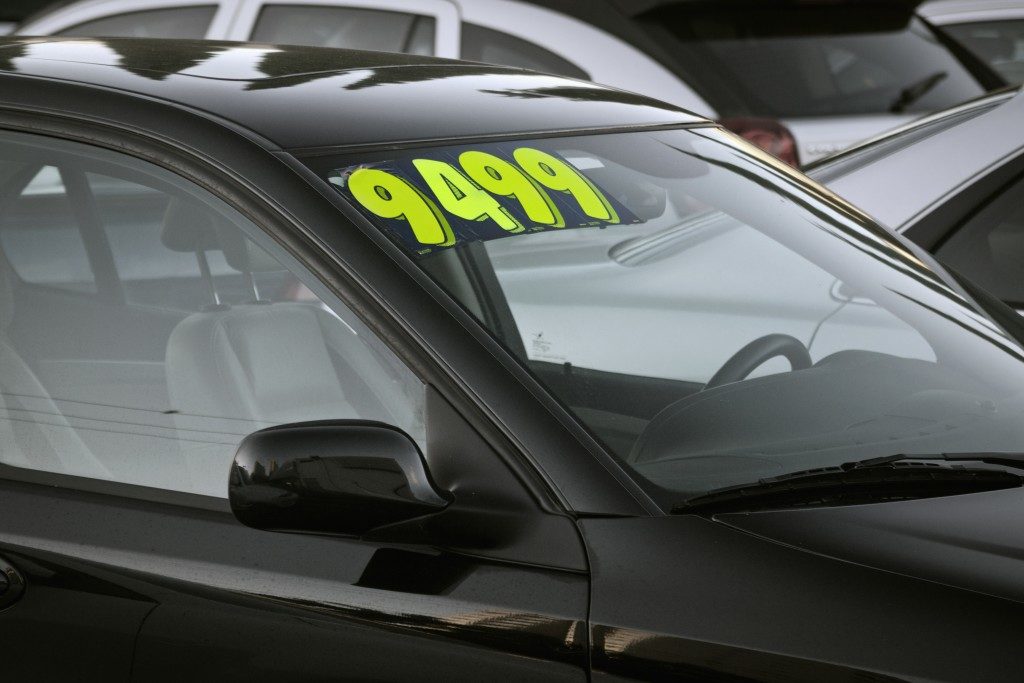Insurance for secondhand vehicles works a little differently from new ones. A variety of factors can affect how your vehicle will be insured and most of the time. These factors are out of your control, so it’s important to know the basics of how pre-owned vehicles are insured before you buy one.
While this can vary—for example, used pickups for sale will have different insurance rates or premiums than used SUVs,—there are some common areas that any insurance provider will look at before giving you a quote. These are often things that you can check and look up yourself, so knowing them in advance can give you an edge in negotiating the prices.
The age of the vehicle
One of the important things that you should check is the age of the vehicle. By looking at the car’s registration certificate or checking the mileage, you can easily tell or estimate how long the vehicle has been running and how far it has traveled. Insurance companies often consider this since it gives them a window of time to work with before they expect the vehicle to fail.
Usually, companies will give you a lower price on a car that has more mileage simply because the service life of the car isn’t supposed to be very long. However, this can also depend on the type of vehicle that you’ll get. Trucks can command higher price points because of the type of use they go through, while luxury vehicles tend to have the same price overall.
The type of vehicle

If a car is more prone to theft, it’s likely that the insurance rate you’ll get for it will be higher. However, deciding what exactly a “theft-worthy” car is can often be something up to debate. One of the biggest factors that complicate this classification is that thieves are less interested in the entire car, instead opting to steal specific parts or the valuable items left inside.
However, a good way to gauge this is if the vehicle you’re looking at has components that can be easily installed in other similar cars. Alternatively, if it’s one of the newer models that come with more advanced safety and security features, that can drastically reduce the chances of it being stolen. It all depends on the type of car you’ll get, which is why asking questions is important before you buy one.
Safety features
Finally, the car’s safety rating will be essential to deciding how high the premium on your insurance is. If you’re looking to buy a secondhand car with good safety features, that means your insurer will probably give you a lower price due to the car’s track record. Fewer accidents mean fewer repairs and, therefore, less money for you to shell out.
However, keep in mind that your driving habits can make this a tricky area to negotiate. If you have a history of getting into collisions or other types of road accidents, it can be a little difficult for you to find a lower premium on insurance, even if the car you’re looking at is safe.
Getting secondhand car insurance may seem challenging, but it can be easier if you know all the important details about the car. Getting as much information as possible before the purchase can help you get the best value for your money.

